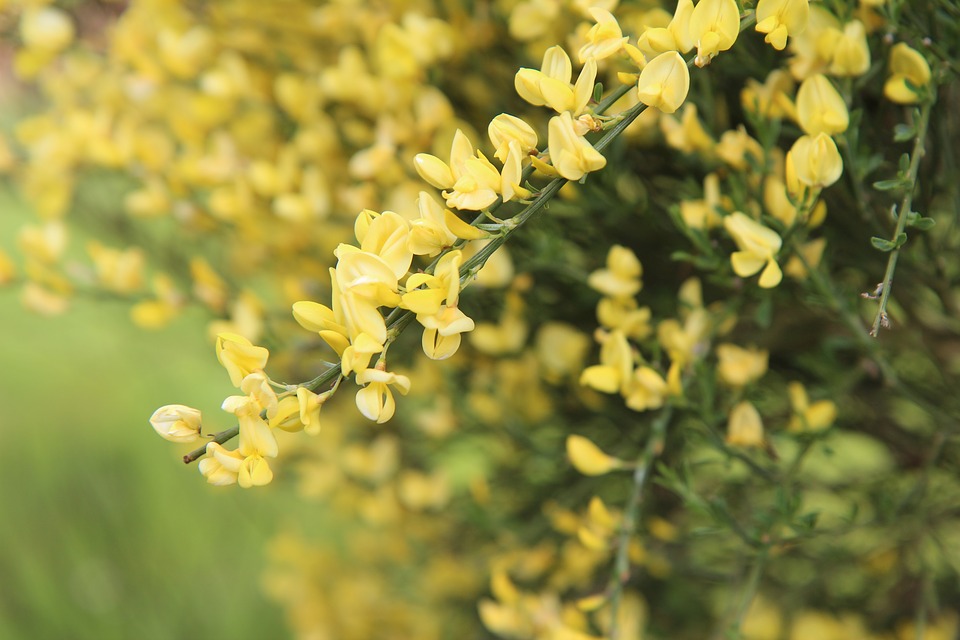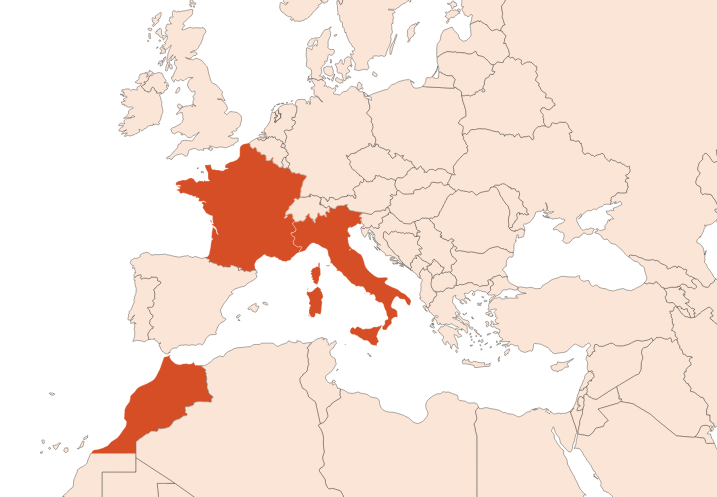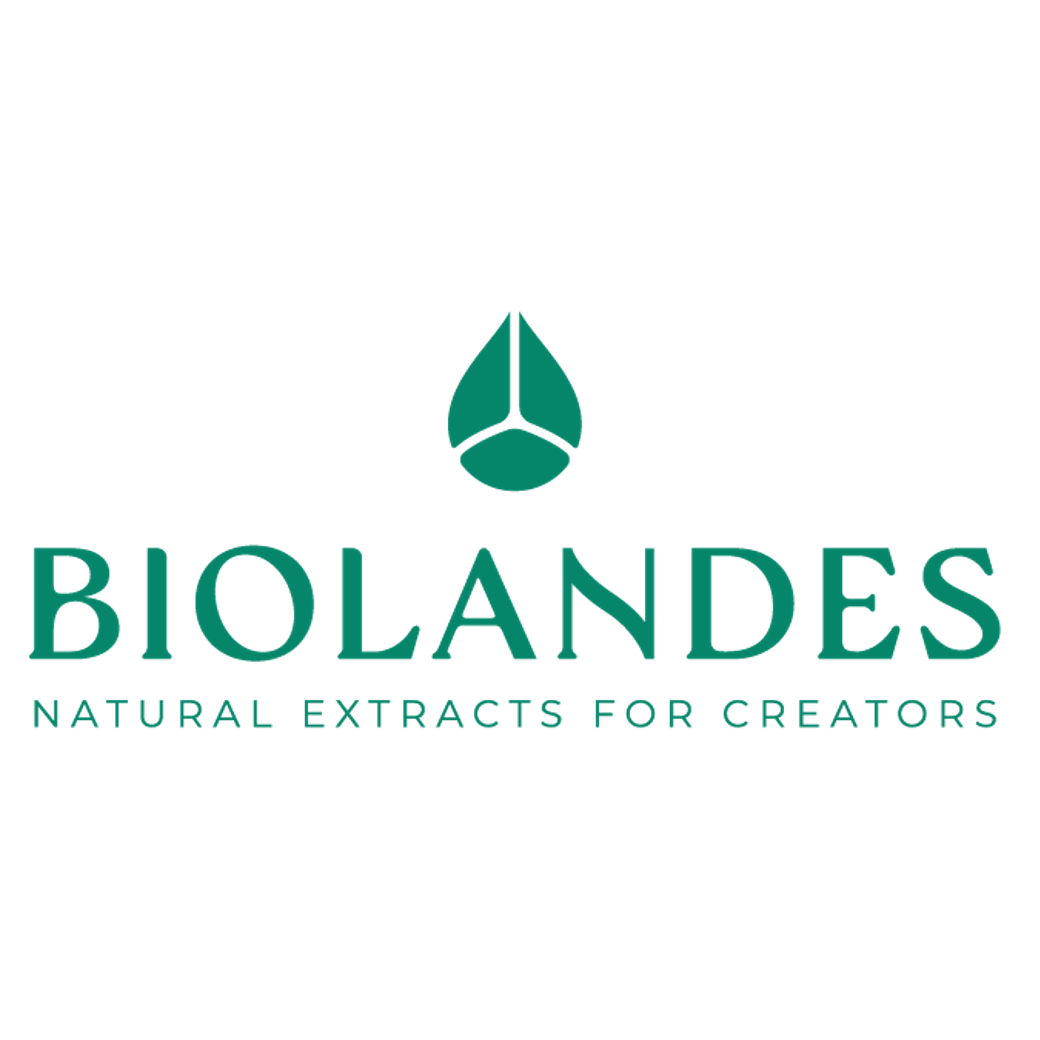Broom Absolute
Naturelle
Balsamic Ambery > Coumarinic > Honeyed

Crédits photo: ScenTree SAS
Latin name :
Cytisophyllum sessilifolium
Botanical profile :
Broom is a shrub of the Fabaceae family, and of the genus Cytisophyllum.
Geographic origin :
Originally from Western Europe, broom is cultivated in Italy and in the South of France
Chemotypes :
Broom is the only specie of the genus Cytisophyllum in the world. No other chemotype exists.
Nevertheless, we often speak of the Spanish broom or Spartium Junceum, that also belongs to the Fabaceae family. It is also extracted with volatile solvent for its olfactory interest.
Nevertheless, we often speak of the Spanish broom or Spartium Junceum, that also belongs to the Fabaceae family. It is also extracted with volatile solvent for its olfactory interest.
Extraction process :
Once 'purified', the gum can be processed using the different traditional ways of extraction, including :
Major Components :
Linolenic Acid (25-30%)
Palmitic Acid (20-25%)
Linalool (≈11%)
Oleic Acid (≈6%)
Linoleic Acid (≈4%)
Myristic Acid (≈4%)
Linalyl Acetate (≈3%)
1,3 Octenol (≈3%)
Palmitic Acid (20-25%)
Linalool (≈11%)
Oleic Acid (≈6%)
Linoleic Acid (≈4%)
Myristic Acid (≈4%)
Linalyl Acetate (≈3%)
1,3 Octenol (≈3%)
- Uses in perfumery :
- Used in floral accords (mimosa, rose, violet, tuberose, osmanthus) for its amber facet. Also used in chypre and oriental perfumes. Good association with osmanthus.
- Other comments :
- Broom is part of the composition of kyphi, whose earliest writings date from 1600 B.C. Kyphi is a sacred incense of the ancient Egypt gods. Broom was among the plants burned in the kyphi.
- Volatility :
- Base
- Appearance :
- Pale yellow liquid
- Stability :
- Solubility issues in perfumes
Stable oil in perfumes and in diverse functional bases - Price Range :
- €€€€€
- Aromatherapy :
Informations provided below are taken from reference works in aromatherapy. They are given for information purposes only and can not constitute medical information, nor engage the responsibility of ScenTree.
Data not available.

Crédits photo: ScenTree SAS
- EINECS number :
- 90131-21-8
- FEMA number :
- 2504
- Allergens :
- Linalool
- IFRA :
- This ingredient is restricted by IFRA
- Annexe I :
- Some regulated synthetic ingredients are found in nature and in certain proportions in natural ingredients. This presence in nature has to be taken into account when calculating limits of use recommended by the IFRA. In case you do not know these concentrations, you can use the ones estimated by the IFRA. Here they are :
- Annexe I :
- Some regulated synthetic ingredients are found in nature and in certain proportions in natural ingredients. This presence in nature has to be taken into account when calculating limits of use recommended by the IFRA. In case you do not know these concentrations, you can use the ones estimated by the IFRA. Here they are :
| List of regulated compounds contained in this ingredient | ||
|---|---|---|
| Regulated ingredient name | CAS N° | Estimated Concentration |
| Geraniol | 106-24-1 | 0,13 |
| Benzyl cyanide | 140-29-4 | 0,1 |
| Methyl N-methylanthranilate | 85-91-6 | 0,34 |
| Eugenol | 97-53-0 | 0,02 |
| List of regulated compounds contained in this ingredient | ||
|---|---|---|
| Regulated ingredient name | CAS N° | Estimated Concentration |
| Geraniol | 106-24-1 | 0,13 |
| Benzyl cyanide | 140-29-4 | 0,1 |
| Methyl N-methylanthranilate | 85-91-6 | 0,34 |
| Eugenol | 97-53-0 | 0,02 |
To learn more about IFRA's standards : https://ifrafragrance.org/safe-use/library
ScenTree is solely responsible for the information provided here.



